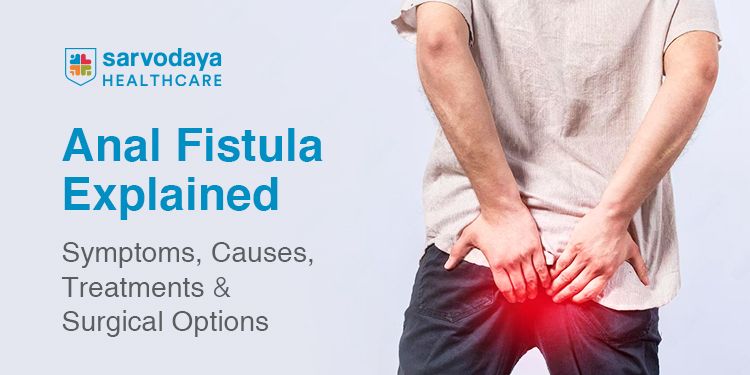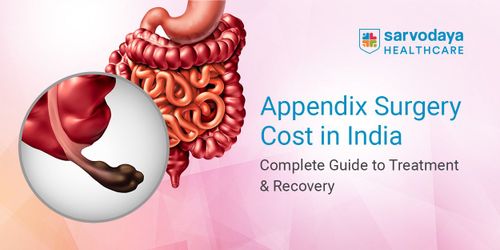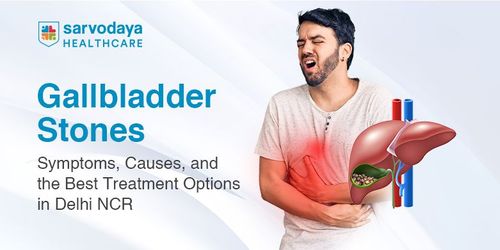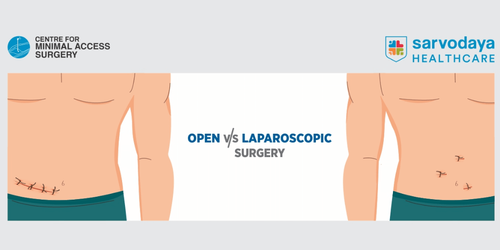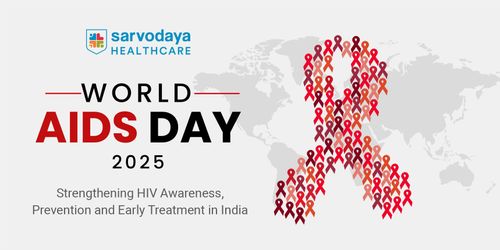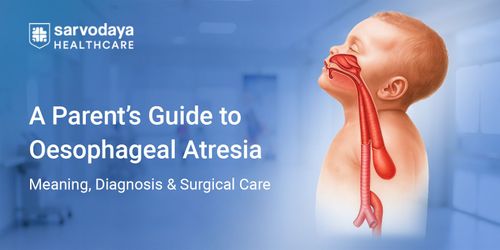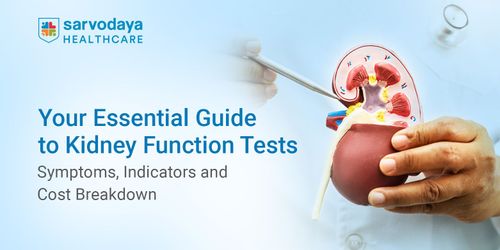An anal fistula is more than just a painful condition—it’s a persistent problem that can silently impact your quality of life. But here’s the good news: with the right diagnosis and timely care, it’s absolutely treatable. From traditional surgery to the newer and less invasive fistula laser treatment, medical science now offers a range of solutions tailored to your needs.
In this blog, let us explore understanding, managing and treating anal fistulas, whether it is for relief from chronic pain or the long-term options for their treatment.
Understanding Anal Fistula
An anal fistula refers to the small tunnel-like structure (fistula) that is formed between the end of the bowel and the skin near the anus. It often develops as a result of an infection in the anal glands that leads to an abscess. When the abscess doesn’t heal completely, it can leave behind a passage—this is what we call a fistula.
Anal fistulas are usually chronic, which means they don’t go away on their own. They might even grow and get worse if untreated. Many people ignore early signs until the pain becomes unbearable or the discharge becomes too frequent to manage discreetly.
Common Fistula Symptoms
Fistulas may start small, but they rarely stay that way. By recognising the early fistula symptoms, you can prevent the complications arising from it in the long run.
Here are the most common signs:
- Pain while sitting or passing stool
- Irritation around the anus or a swollen lump
- A visible hole or opening in the skin near the anal area
- Recurrent abscesses in the same spot
- Low-grade fever, especially during flare-ups
- A general feeling of fatigue
Read More- Open Surgery V/s Laparoscopic Surgery: Which Is Better?
Causes of Anal Fistula
Anal fistulas don’t usually appear overnight. They often start as infections in tiny glands inside the anus. When these infections turn into abscesses and aren’t fully drained or healed, they can leave behind a tunnel or tract that connects the infected gland to the skin.
Some of the most common causes include:
- Chronic anal abscesses: It is the most frequent cause of the issue.
- Inflammatory bowel disease: Like Crohn’s disease or ulcerative colitis, may also cause anal fistulas.
- Tuberculosis or HIV: Particularly in immunocompromised individuals, who are more prone to it.
- Radiation therapy, surgery, or trauma: Especially when the affected part of the body is near the anal region.
- Sexually transmitted infections (STIs): In rare cases, STIs may also lead to the condition.
Since the causes can vary, identifying the root of the problem is essential for effective fistula treatment. If you’re searching for a reliable fistula doctor near me, make sure they assess your full medical history before recommending any procedure.
Diagnosing Anal Fistula
The process of getting an anal fistula diagnosed typically starts with a physical examination. A doctor will look for external openings or signs of discharge and may gently probe the area to assess the fistula’s depth and direction.
Depending on the complexity, additional tests may be needed:
- MRI scans to map internal tracts.
- Endoanal ultrasound to visualise the affected tissue.
- Fistulograms, which involve injecting a dye to trace the tract.
Types of Fistula Treatment Available
When it comes to treating anal fistulas, each patient's story and their best available treatment options are different. The right fistula treatment depends on the complexity of the fistula, your medical history, and how long you've had symptoms. Some common treatment options available today for it are:
a. Conservative Approaches
For minor or early-stage fistulas, your doctor may recommend conservative care, such as:
- Warm sitz baths: To help ease discomfort.
- Dietary changes: Include more fibre and fluids to reduce constipation.
- Antibiotics: In case of infection.
- Pain relief medications: Along with a prescribed dose of anti-inflammatory drugs.
These options can help manage discomfort, but they don’t usually close the fistula tract completely. That’s why they’re best used in combination with a more definitive fistula treatment, especially for chronic cases.
b. Fistula Homeopathy Treatment
Many patients explore fistula homeopathy treatment, hoping to avoid surgery. Homeopathy focuses on improving the body’s natural healing response and may provide some symptom relief for very mild or early-stage fistulas.
However, it's important to understand that fistula homeopathy treatment lacks strong clinical evidence for curing fistulas. It may help manage inflammation or discharge temporarily, but it’s not a substitute for medical or surgical intervention in more complex cases.
Always consult a qualified fistula doctor near you before choosing this path. A delayed decision could allow the condition to worsen.
c. Modern Medical Treatments
In most moderate to severe cases, surgical intervention offers the most effective and permanent solution. Let’s look at the modern options:
- Fistulotomy: It is the conventional method wherein the fistula tract is opened and allowed to heal from the very inside to the outside. Effective, but may involve a longer recovery.
- Seton placement: A medical thread is placed inside the tract to help it drain and reduce infection before surgery. It is mostly used in high-risk or complex fistulas.
- Fistula laser treatment: It is a technique in which laser energy is used to close the fistula from its inside. This method is minimally invasive, causing less pain and allowing faster healing when compared to traditional surgery.
Choosing fistula laser treatment means you get the benefit of precision and a quicker return to normal life, without the risks of cutting or major wounds.
Understanding the Fistula Surgery Success Rate
Surgery for anal fistula is generally safe and effective—especially when performed by experienced specialists. The fistula surgery success rate varies depending on the type of fistula you are suffering from, the treatment method chosen to treat it and the overall health of the patient.
Here’s a quick look at success rates:
- Traditional fistulotomy: 85–95% success rate for simple fistulas.
- Seton placement followed by surgery: Highly effective for complex fistulas, though healing may take longer.
- Fistula laser treatment: Offers up to 98% success in selected cases, with minimal post-operative pain and a much shorter recovery time.
Factors like diabetes, poor hygiene, and delayed diagnosis can lower the fistula surgery success rate, which is why early intervention and post-surgical care are so important.
Your best outcomes come from working with an experienced surgeon who uses modern, minimally invasive techniques like fistula laser treatment for faster, cleaner healing.
Conclusion
Living with an anal fistula isn’t just physically painful—it can also drain your energy, affect your confidence, and interrupt your daily life. But remember, you're not alone, and you don’t have to suffer in silence.
At Sarvodaya Hospital Faridabad, we understand how delicate and distressing conditions like anal fistulas can be. Our team of experienced general and minimally invasive surgeons are equipped with cutting-edge tools, to offer safe, minimally invasive care with high success rates. Every patient is evaluated individually so that their treatment plan is tailor-made to suit their lifestyle, symptoms, and recovery needs.
Don’t ignore your symptoms. Book a consultation today, and take your first step toward lasting relief. Your body deserves care, and you deserve peace of mind.


